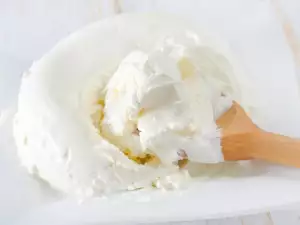Dried fruits are a valuable source of vitamins and minerals, and last but not least, fiber, which is why you may hear many nutritionists recommend them.
However, this is especially true for homemade dried fruits. Those sold in stores are treated with sulfur dioxide and sulfites to preserve their fresh color and prevent the development of any bacteria.
You can easily dry pears at home. To do this, you need ripened ones, without defects or rotten spots.
How to dry pears at home? First, the fruits are cleaned very well and cut into thin strips, which are immersed in slightly salted water for a minute or two.
Then they are strained and the pieces of fruit are arranged side by side. Now, there are several ways to dry pears - in the sun, in the oven or in a special fruit dehydrator.
If you choose to dry your pears in the sun, you should cover them with cheesecloth to protect them from insects. Another option is to string the pear pieces on a string and dry them again in direct sunlight.
You can also dry your pears on a baking tray in the oven at a temperature of 70-80°C or less, depending on both the pears and the oven. However, you should constantly monitor them so that they do not burn.
The easiest way to dry pears is in a dehydrator, which provides constant warm air and is designed for at home use. The only downside to this method is that the device wastes too much electricity.
As well as drying pears, it is good to scald them for 3-4 seconds in boiling salted water, dry them again and then store them away.
They are stored in airtight jars, paper bags or cloth bags, in a dry and ventilated place.
Check out how to dry fruit in a dehydrator or if you have pears on hand, be sure to try our homemade pear jam and these poached pears.



















Comments